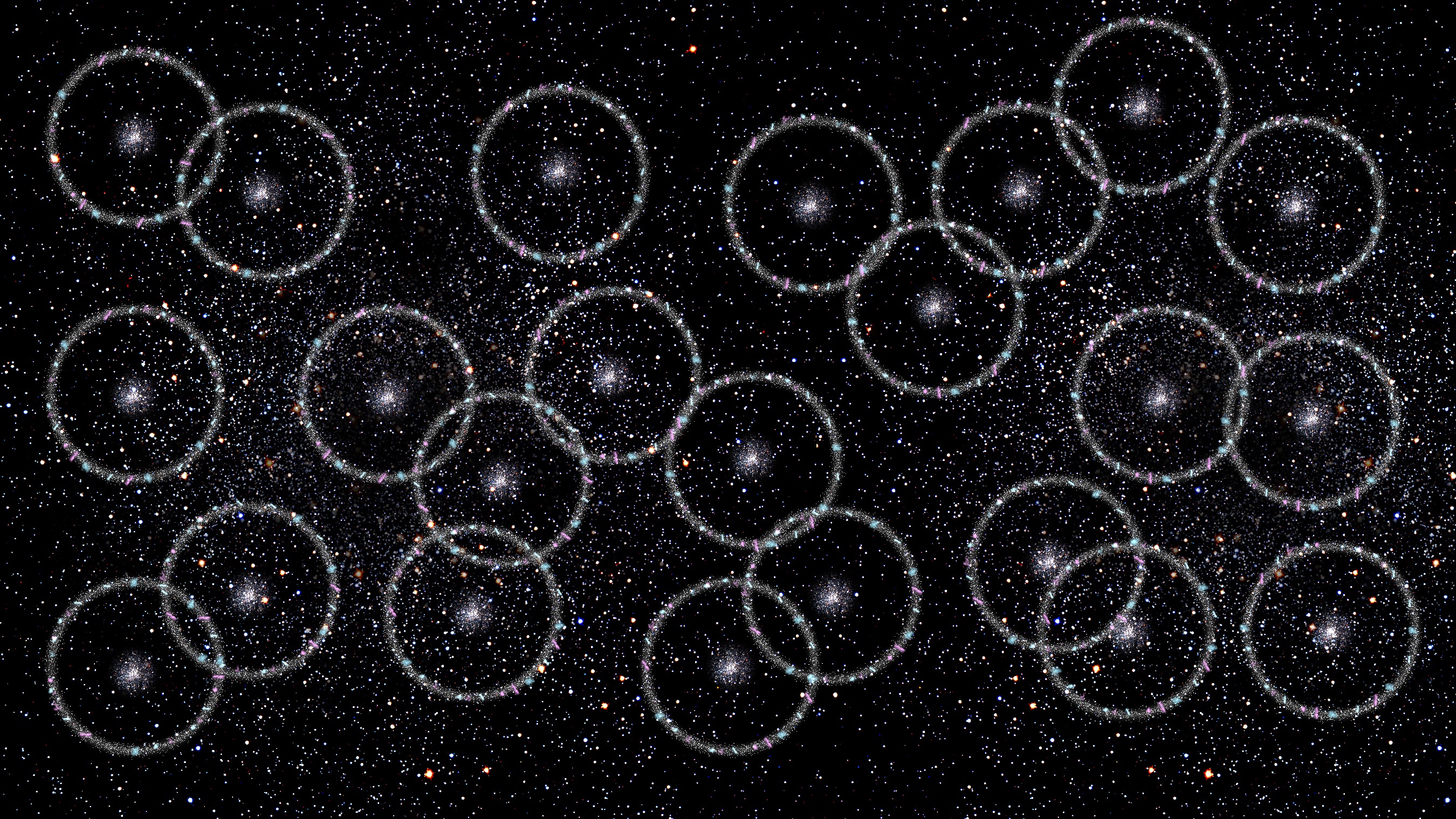Ask Ethan: Why does space appear black?
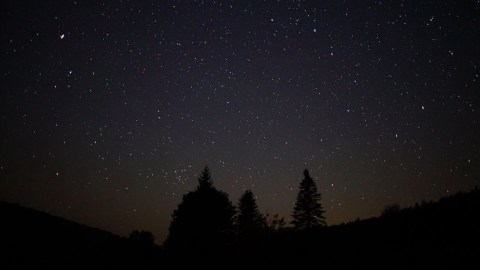
If the Universe is infinite and full of stars and galaxies, why can’t we see something everywhere we look?
“When you get just a complete sense of blackness or void ahead of you, that somehow the future looks an impossible place to be, and the direction you are going seems to have no purpose, there is this word despair which is a very awful thing to feel.” –Stephen Fry
Sometimes, it’s the simplest questions that lead to the deepest insights from their answers. While there were many great questions submitted by you for our weekly Ask Ethan column, the honor this week goes to elder987419, who wanted to know about the abyss of deep space:
When we look up at night could space be black because the human species can only see so far?
In other words, why is the night sky so dark and devoid of light?
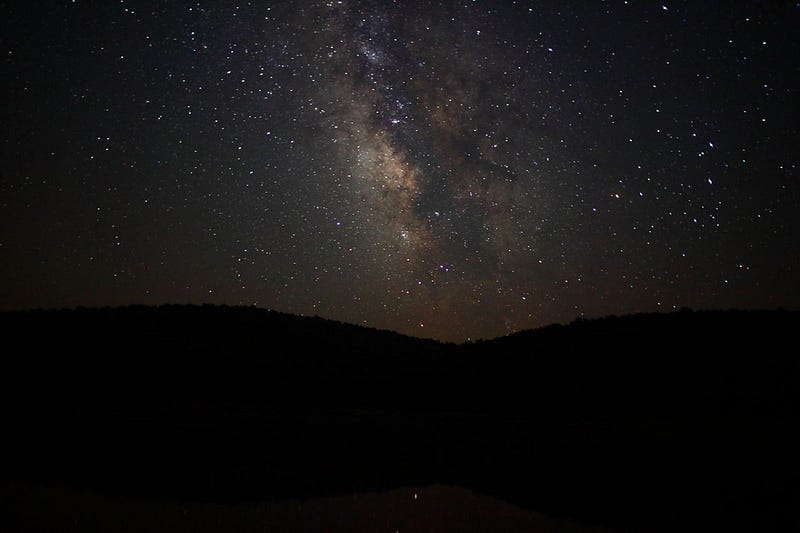
If you think about it, it really doesn’t make sense. Sure, we have a transparent atmosphere, allowing us to see into the vast depths of space when the Sun resides on the opposite side of our world. And our location in our galaxy means that only a portion of the Universe is obscured by the galactic gas and dust that blocks so much of the light from the Milky Way’s central regions. Yet if we lived in a truly infinite Universe, then if the void of deep space went on for long enough, in any direction we’d look, we’d eventually run into a shining point of light.
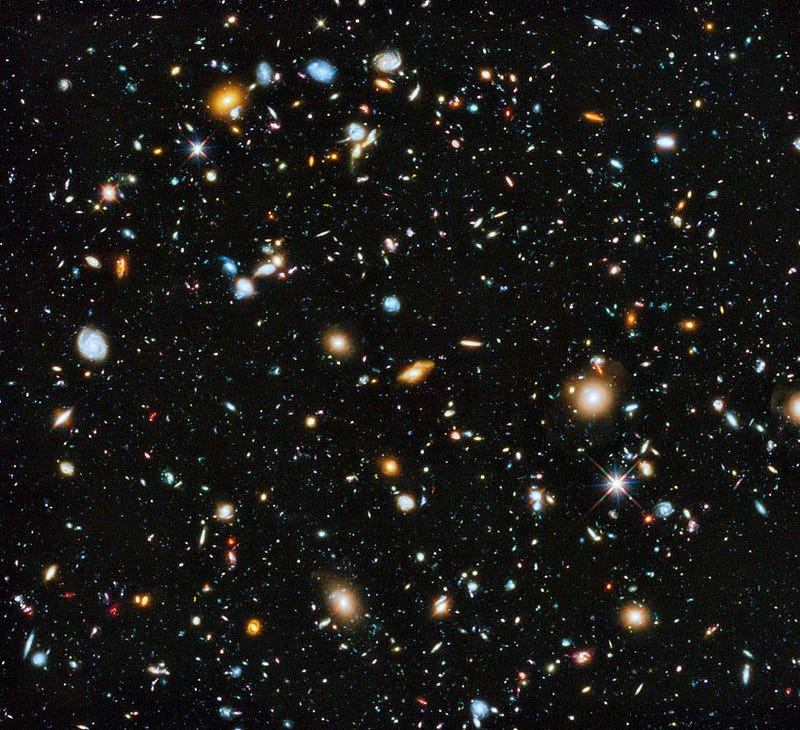
Sure enough, we can look to the deepest depths of empty space, where no stars or galaxies can be seen to either the naked eye or through conventional telescopes, and set the Hubble Space Telescope to stare at it for hours or even days at a time. When we do, we find that yes, in fact, the Universe is full of stars and galaxies. From millions, billions or even tens of billions of light years away, starlight travels across the Universe and reaches our best observing equipment. It might take a lot of time to catch enough photons from such a great distance, but with at least 170 billion galaxies present in the part of the Universe we’ve seen so far, you might wonder if the number is truly infinite.
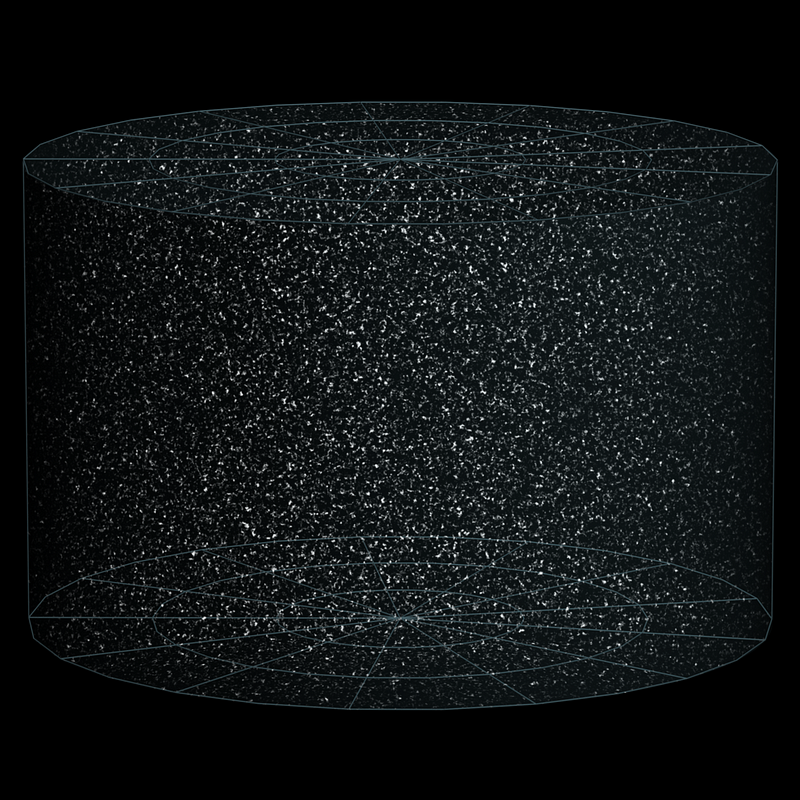
Indeed, it might be, but not the number of galaxies we can see. You see, it was recognized back in the 1800 by Heinrich Olbers that if the Universe were truly infinite — with an infinite number of star shining — that eventually, no matter which direction you looked in, your eyes would eventually settle on the surface of a star. You wouldn’t see the galaxies like we do, which are mostly empty space; you’d see all those stars, plus all the stars in galaxies behind them, plus all the stars even farther away, etc. Whether you had to travel billions, trillions, quadrillions of light years or more, eventually you’d run into a star.
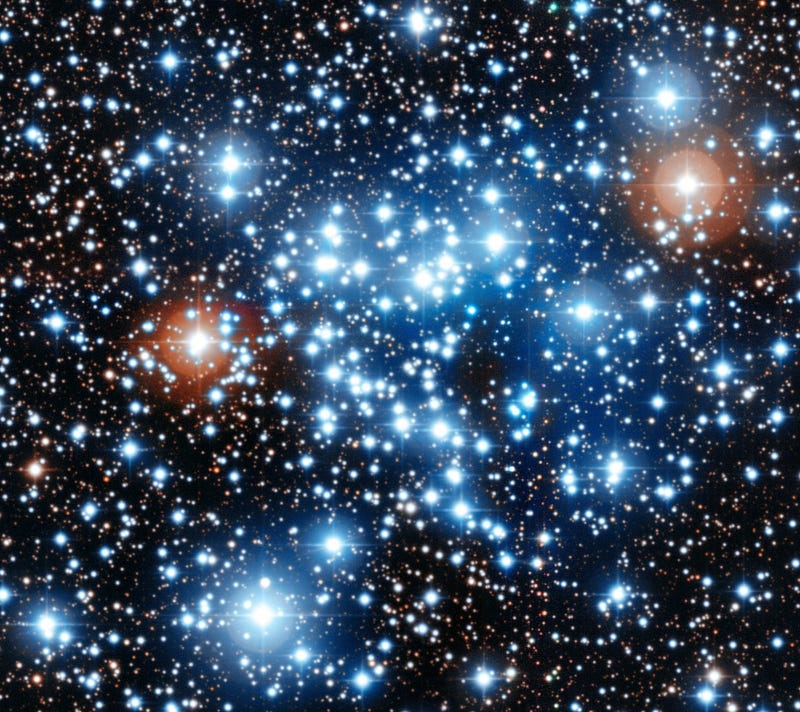
This is a simple mathematical fact: if you take an infinite space with a finite, non-zero density of “stuff” in it, then if you look at any location in any (and every) direction, you’ll eventually arrive at exactly that “stuff” after a finite distance. If you say that space is full of stars — even if it’s a sparse amount — but it’s infinite and of a uniform density, you’ll eventually run into one no matter where you look. Even if you try and weasel out of it by claiming that there’s light-absorbing dust in the mix, you can’t.
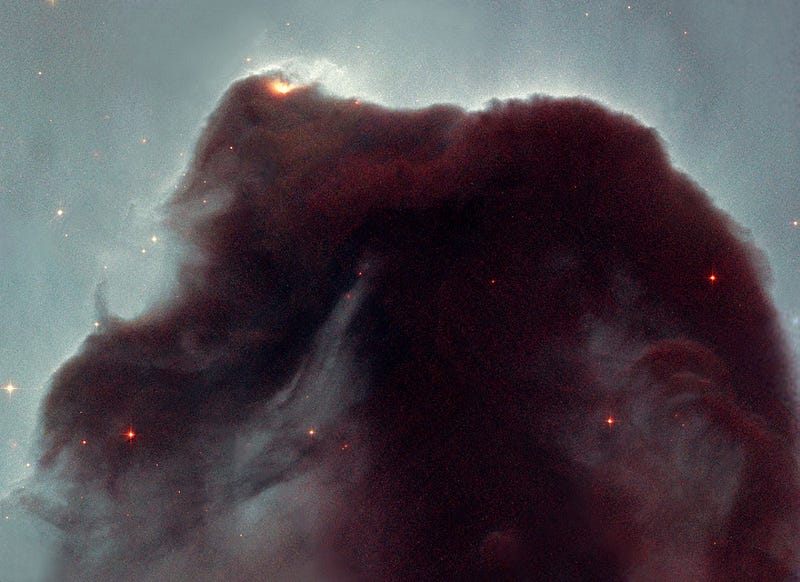
That same mathematical theorem that tells you that eventually starlight from all directions will encounter your location applies to all locations in space, including where the dust is. Over time, that starlight will heat up the dust so that it, too, glows. If this were the Universe we had — the static, infinite one with stars that shone forever — the night sky would forever be bright.
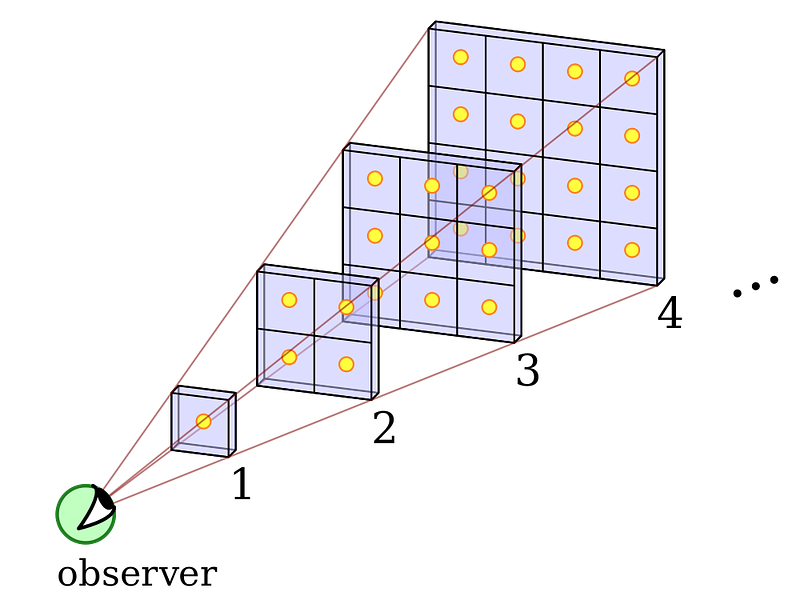
What is it that saves us, then? Believe it or not, it’s the Big Bang! The fact that the Universe hasn’t been around forever, and that we can only observe stars and galaxies a finite distance away — and hence, receive a finite amount of light, heat and energy from them — explains why there isn’t an arbitrary amount of light in our night sky. Sure, there are a huge number of points of light out there, strewn across the Universe. But the amount we can see, bounded by the speed of light and the physics of the expanding Universe, is finite after all. There might be (and probably is) more Universe, more stars and more galaxies out beyond what we can observe, but they cannot illuminate our sky, as there hasn’t been enough time since the Big Bang for that light to reach us.
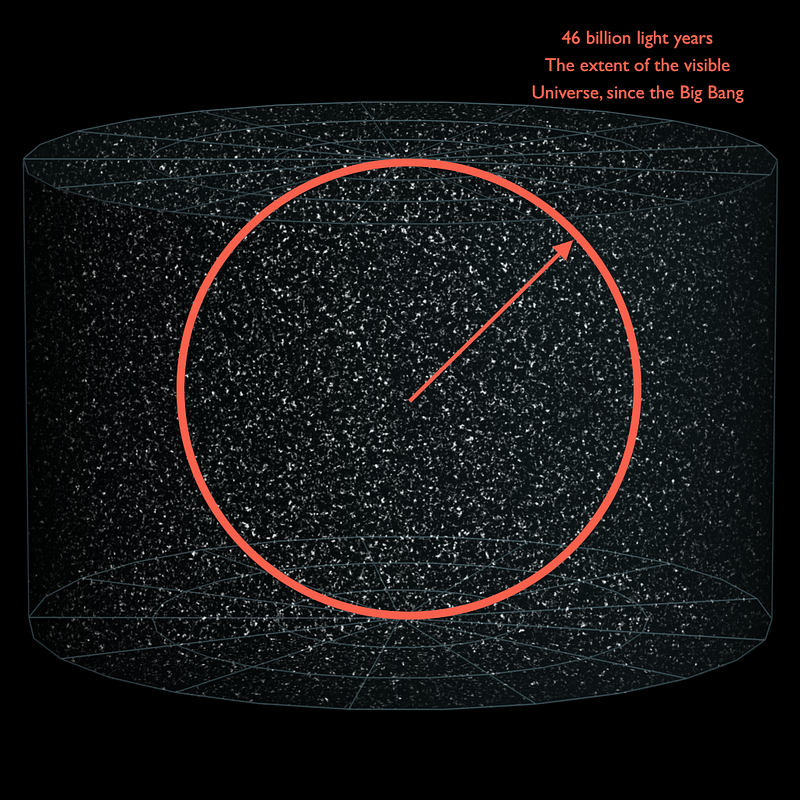
“Wait a minute,” you might object, “the Big Bang tells us that the Universe was hotter and denser in the past, and so there must be all that radiation from that hot, dense state everywhere, in all directions, still around today!” And you’d be right; there was a time some 13.8 billion years ago when the Universe was so hot that neutral atoms couldn’t form, back before any stars or galaxies had been created. When those neutral atoms finally did form, that light was free to travel in a straight line, and should be arriving at our eyes from all directions all the time, no matter what we do.
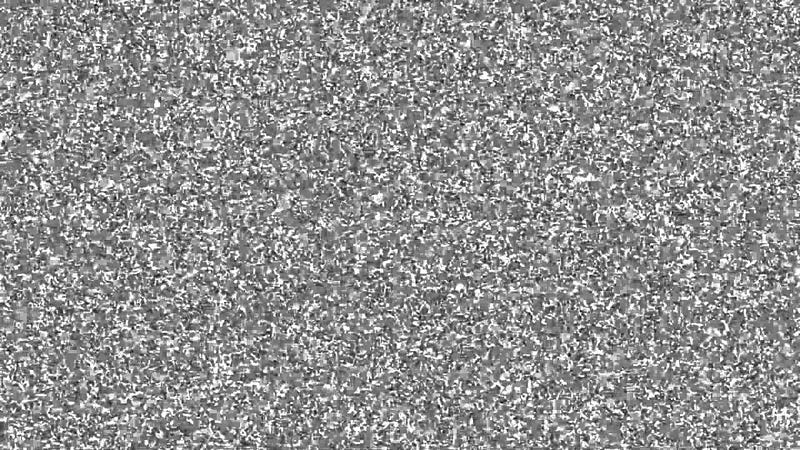
The fact of the matter is, we do see and receive this light, every time you turn on your old rabbit-eared television and tune into channel 3. That “snow” you see on your television comes from all sorts of sources: human-made radio transmissions, the Sun, black holes, and all sorts of other astrophysical phenomena. But about 1% of it comes from the Big Bang’s leftover glow: the Cosmic Microwave Background. If we were able to look in the microwave/radio wave portion of the electromagnetic spectrum — rather than visible light — we would see a night sky that was practically uniform in brightness, with no dark spots anywhere.
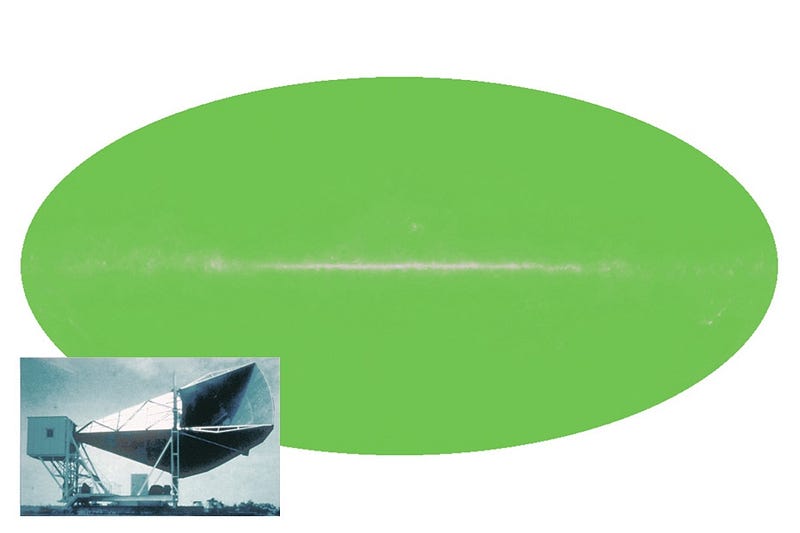
It’s this combination of two facts:
- the Universe has only been around for a finite amount of time,
- and that we can only see light in the visible part of the spectrum,
that makes the night sky dark. In fact, the only reason we’re well-adapted to see the light that we do in the sky is because our sunlight is in the thousands of Kelvin range, and hence so is what we see: the stars, galaxies, and objects that reflect our own Sun’s light. If instead we could see in the single digits of the Kelvin range, the entire sky would be bright. In some sense, our limited human senses are what compelled us to explore the Universe in the first place!
Send in your Ask Ethan question to startswithabang at gmail dot com!
This post first appeared at Forbes, and is brought to you ad-free by our Patreon supporters. Comment on our forum, & buy our first book: Beyond The Galaxy!
